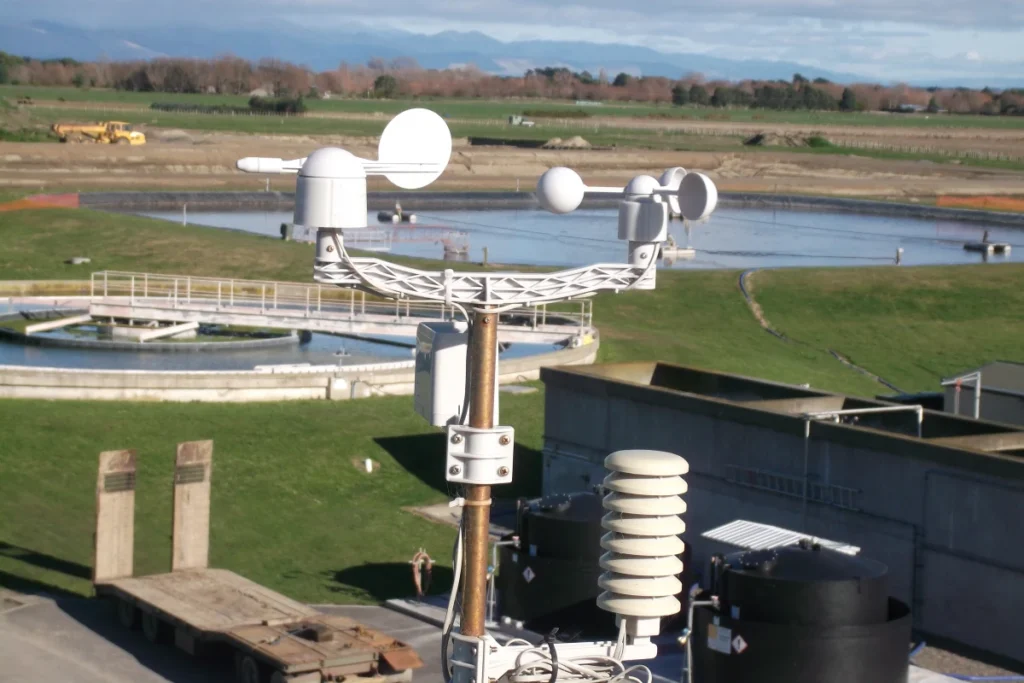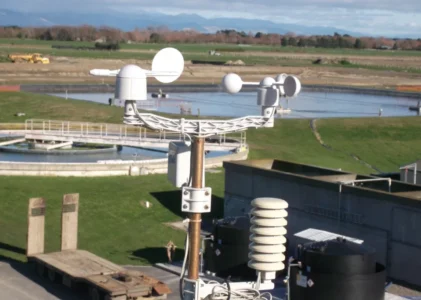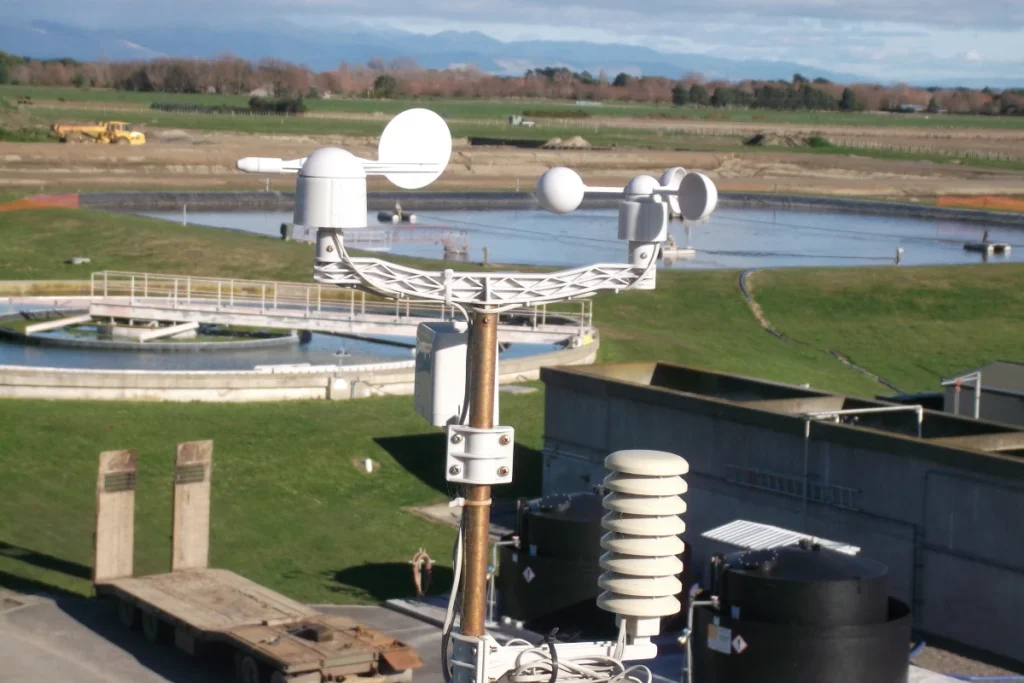
# Anemometer Definition and Its Applications in Meteorology
## What is an Anemometer?
An anemometer is a device used to measure the speed and direction of wind. It is an essential tool in meteorology, providing critical data for weather forecasting, climate studies, and various industrial applications. The term “anemometer” is derived from the Greek word “anemos,” meaning wind, and “metron,” meaning measure.
## Types of Anemometers
There are several types of anemometers, each designed for specific applications and environments:
– Cup Anemometers: These consist of three or four cups mounted on horizontal arms, which rotate as the wind blows. The speed of rotation is proportional to the wind speed.
– Vane Anemometers: Also known as windmill anemometers, these devices have a propeller that rotates in the wind. The rotation speed is measured to determine wind speed.
– Hot-Wire Anemometers: These use a heated wire that cools as the wind passes over it. The rate of cooling is used to calculate wind speed.
– Ultrasonic Anemometers: These measure wind speed and direction using ultrasonic sound waves. They are highly accurate and are often used in research and aviation.
## Applications in Meteorology
Anemometers play a crucial role in meteorology, providing data that is essential for understanding and predicting weather patterns. Here are some key applications:
– Weather Forecasting: Accurate wind speed and direction measurements are vital for predicting weather conditions. Anemometers provide real-time data that meteorologists use to forecast storms, hurricanes, and other weather events.
– Climate Studies: Long-term wind data collected by anemometers help scientists study climate patterns and changes. This information is crucial for understanding global warming and its impacts.
– Aviation: Anemometers are used at airports to monitor wind conditions, ensuring safe takeoffs and landings. They provide pilots with critical information about wind speed and direction.
– Renewable Energy: Wind turbines rely on anemometers to measure wind speed and optimize their performance. Accurate wind data is essential for the efficient generation of wind energy.
## Conclusion
Anemometers are indispensable tools in meteorology and various other fields. By providing accurate measurements of wind speed and direction, they enable us to better understand and predict weather patterns, study climate changes, and ensure safety in aviation and renewable energy production. As technology advances, anemometers continue to evolve, offering even greater precision and reliability in their measurements.
Keyword: anemometer definition



